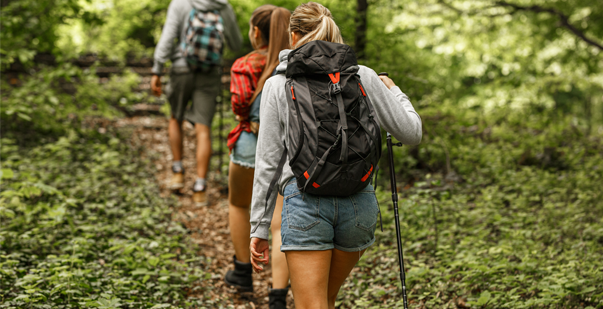
Last Updated on: March 6, 2024
Hiking is an outdoor activity. It entails walking through remote wilderness areas. It often includes overnight stays in tents or cabins, presenting various risks. Adventure like this requires preparation before embarking on any journey. Even a simple day hike can be fraught with dangers. For example, slips and falls. There may be more severe injuries like fractures, dislocations, and snake bites may also occur. This blog delves into the potential risks associated with hiking and provides first-aid solutions.
We will also discuss the importance of CPR training for hikers. Online training from a reputable institution like the CPR Online Certification is discussed, along with its relevance to hiking.
Potential Injuries and First Aid Tips For Hiking
Hiking is not just a leisure activity, it’s a powerful way to boost your mind and body! Not only does it require strength and endurance to conquer challenging trails, but it also has the ability to alleviate stress and anxiety. Breathtaking views and tranquil surroundings work together to reduce stress hormones and promote positive thinking. Plus, navigating rugged terrain improves problem-solving skills, all while building meaningful connections with fellow hikers. While hiking is undoubtedly a thrilling and rewarding experience, it’s essential to be aware of the following hazards.
Why must you learn first aid and CPR before heading on a hike?
Taking first aid and CPR classes before hiking is essential because accidents can happen when you’re out in the wilderness. You could trip, fall, or get hurt in some other way. First aid is what you do when someone is hurt to help them feel better until they can get to a doctor. CPR training for hikers is a special way of helping someone if they stop breathing or their heart stops beating. Learning these things can help you and others during a hike if something goes south.
Why should you choose CPR Online Certification?
Learning how to save lives is essential, but going to classes in person can be hard. The CPR Online Certification classes providers can help you because they offer online courses. They teach you how to do CPR and use a machine called an AED to help someone who is having a heart attack. Knowing these things is essential because you could use them to save a life someday. This group is good because they make learning easy and you can do it at home on the computer.
Conclusion
Engaging in regular physical activity is crucial for leading a peaceful life. For outdoor enthusiasts, hiking is a popular choice as it challenges both the body and mind. Adequate preparation, including investing in proper hiking gear and shoes, is necessary for a successful and enjoyable trip. However, hikers must also be prepared for potential medical emergencies as many hiking trails are located in remote areas. Obtaining CPR training online from a reputable institution like the CPR Online Certification is highly recommended. We offer affordable courses that teach the latest techniques for saving lives. Visit our website today to explore their lifesaving courses.